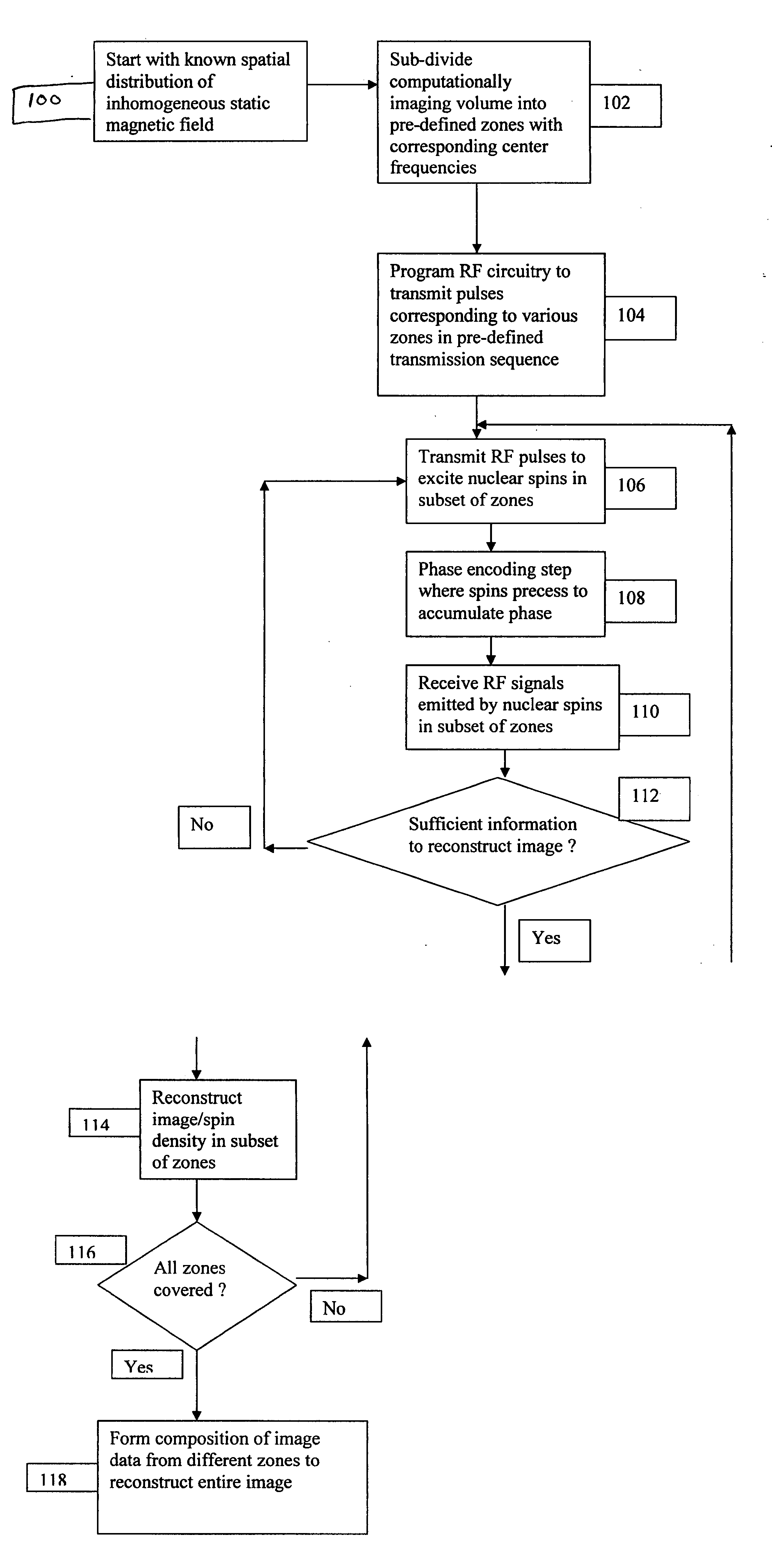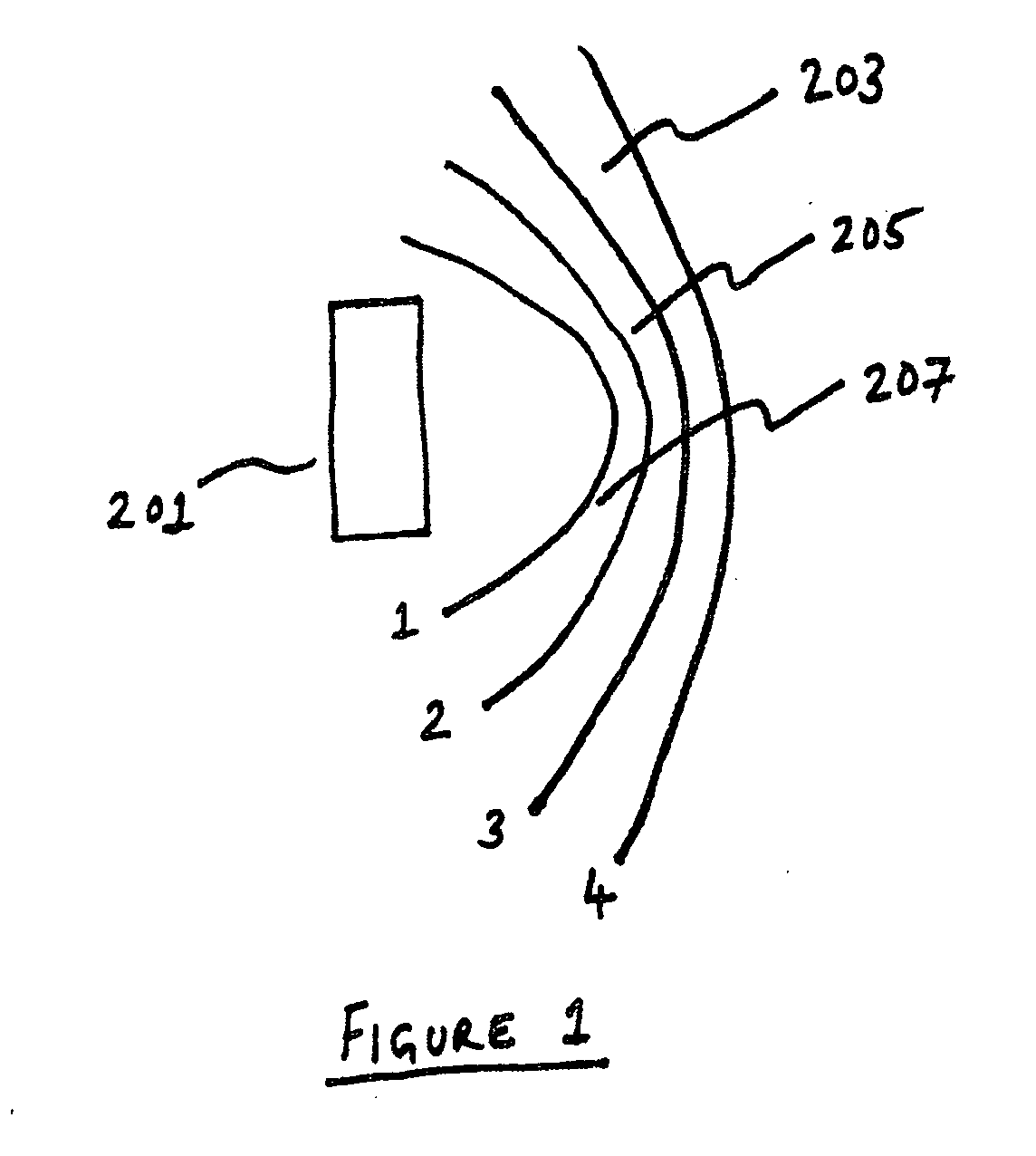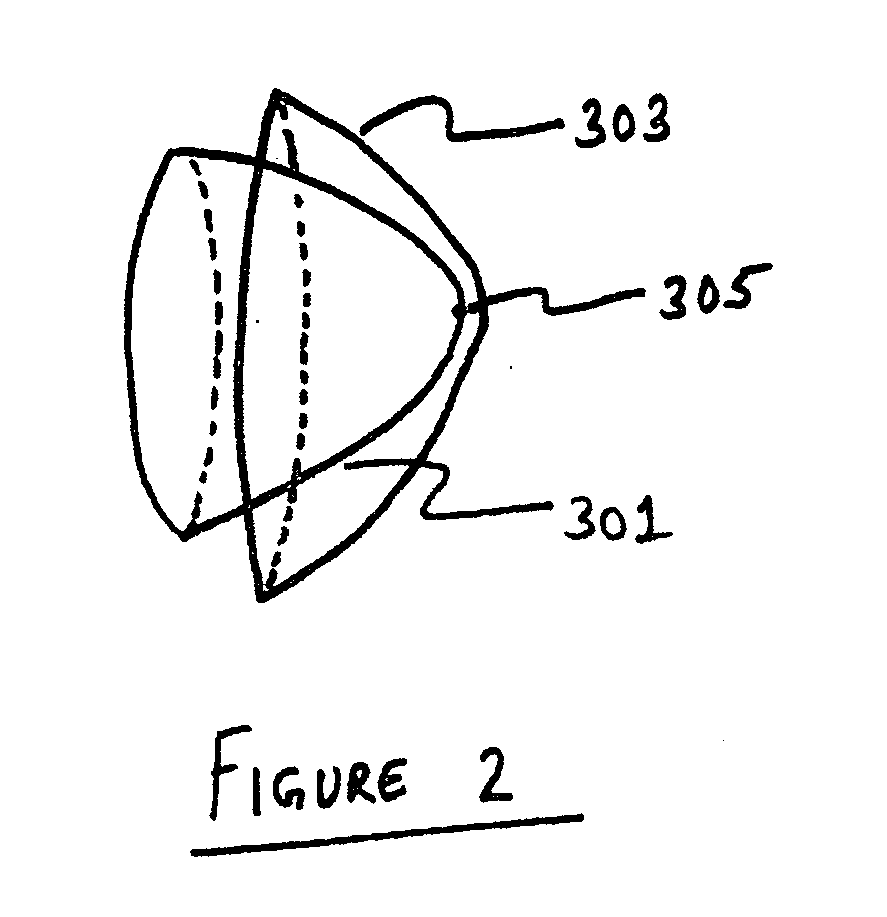Signal acquisition and processing method and apparatus for magnetic resonance imaging
a magnetic resonance imaging and signal acquisition technology, applied in the field of medical imaging and image reconstruction, can solve the problems of adversely affecting system size and cost, high cost associated with such systems, and high cost associated with design and manufacture of such systems, and achieves the effects of low electrical noise level, maximum power reception, and high signal quality
- Summary
- Abstract
- Description
- Claims
- Application Information
AI Technical Summary
Benefits of technology
Problems solved by technology
Method used
Image
Examples
Embodiment Construction
[0099] With reference to FIG. 1, in a preferred embodiment, a static magnetic field is generated by a single permanent magnet 201 (which could itself be a compound structure assembled from a variety of smaller magnets, with possibly varying magnetization directions) that generates a (typically inhomogeneous) magnetic field within a region of interest.
[0100] Standard Magnetic Resonance signal processing techniques are influenced by dephasing of the spins in the presence of inhomogeneities in the static magnetic field, leading to substantial signal decoherence or loss, whereupon image reconstruction becomes difficult or impossible. The teaching of the present invention provides a method of avoiding or greatly minimizing dephasing effects by taking into account the spatial variation of the static magnetic field, together with appropriate voxel shape selection and signal processing methodologies.
[0101] As shown in FIG. 1, the resulting magnetic field pattern can be divided into zones ...
PUM
 Login to View More
Login to View More Abstract
Description
Claims
Application Information
 Login to View More
Login to View More - R&D
- Intellectual Property
- Life Sciences
- Materials
- Tech Scout
- Unparalleled Data Quality
- Higher Quality Content
- 60% Fewer Hallucinations
Browse by: Latest US Patents, China's latest patents, Technical Efficacy Thesaurus, Application Domain, Technology Topic, Popular Technical Reports.
© 2025 PatSnap. All rights reserved.Legal|Privacy policy|Modern Slavery Act Transparency Statement|Sitemap|About US| Contact US: help@patsnap.com



